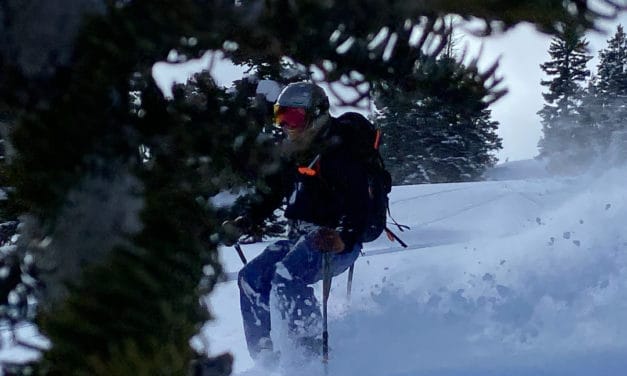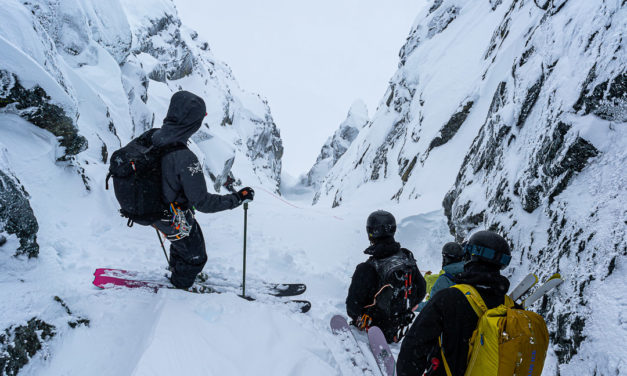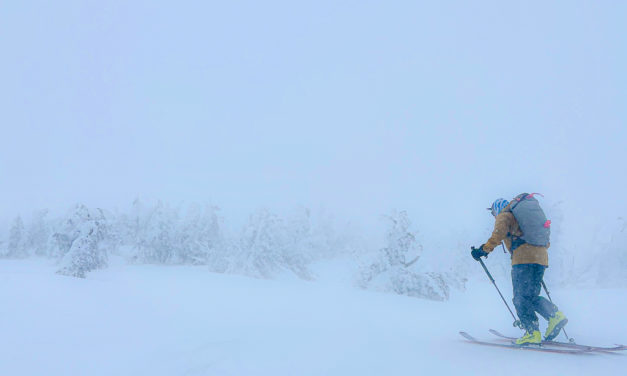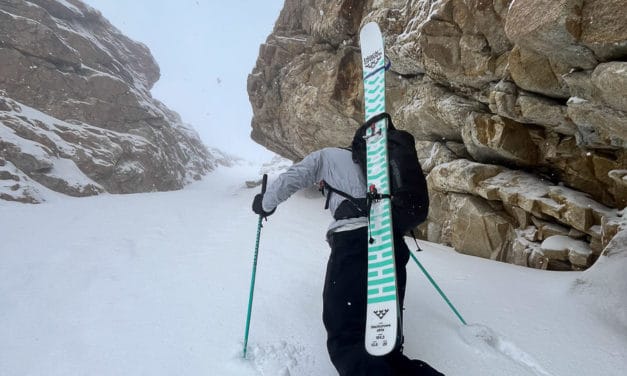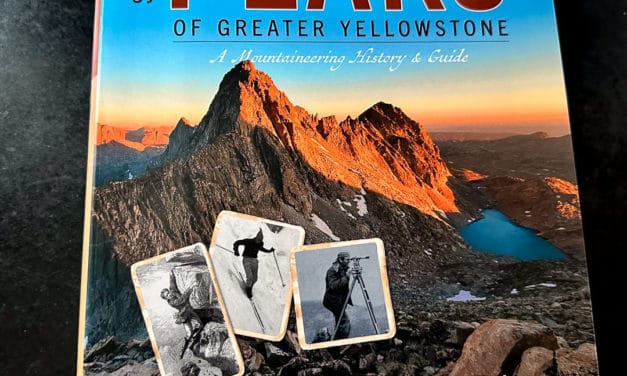Tree Well Awareness
Tree wells are small to large voids that form near the base of a tree and its trunk during winter. In this instance, we use the term void as the tree well is a large air pocket. It forms throughout the winter as snow falls when tree branches and boughs prevent snow from infilling the void near the tree’s base. A thick and strong layer of branches and limbs becomes an umbrella, preventing snow from filling in around lower portions of the tree trunk.
What appears to be well-consolidated at the surface could be a facade under which a tree well lurks.
Read More
